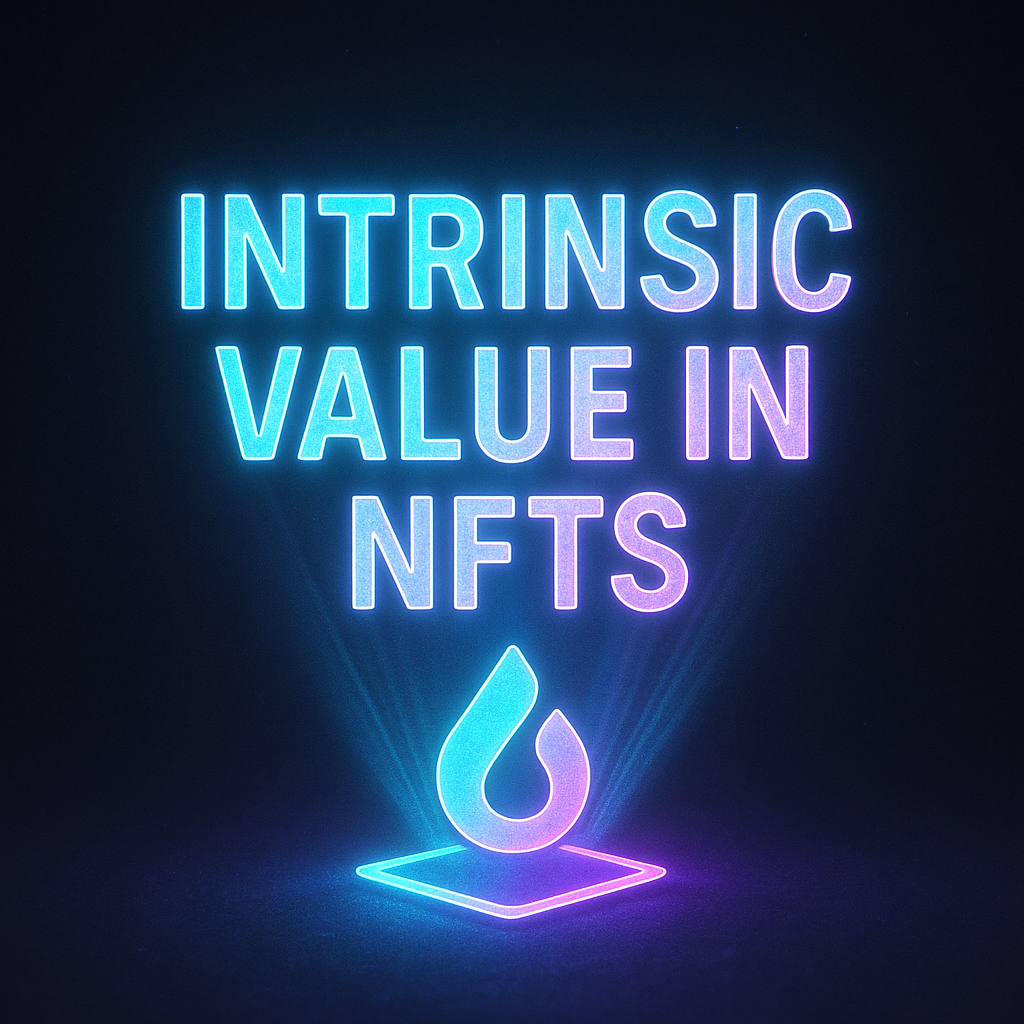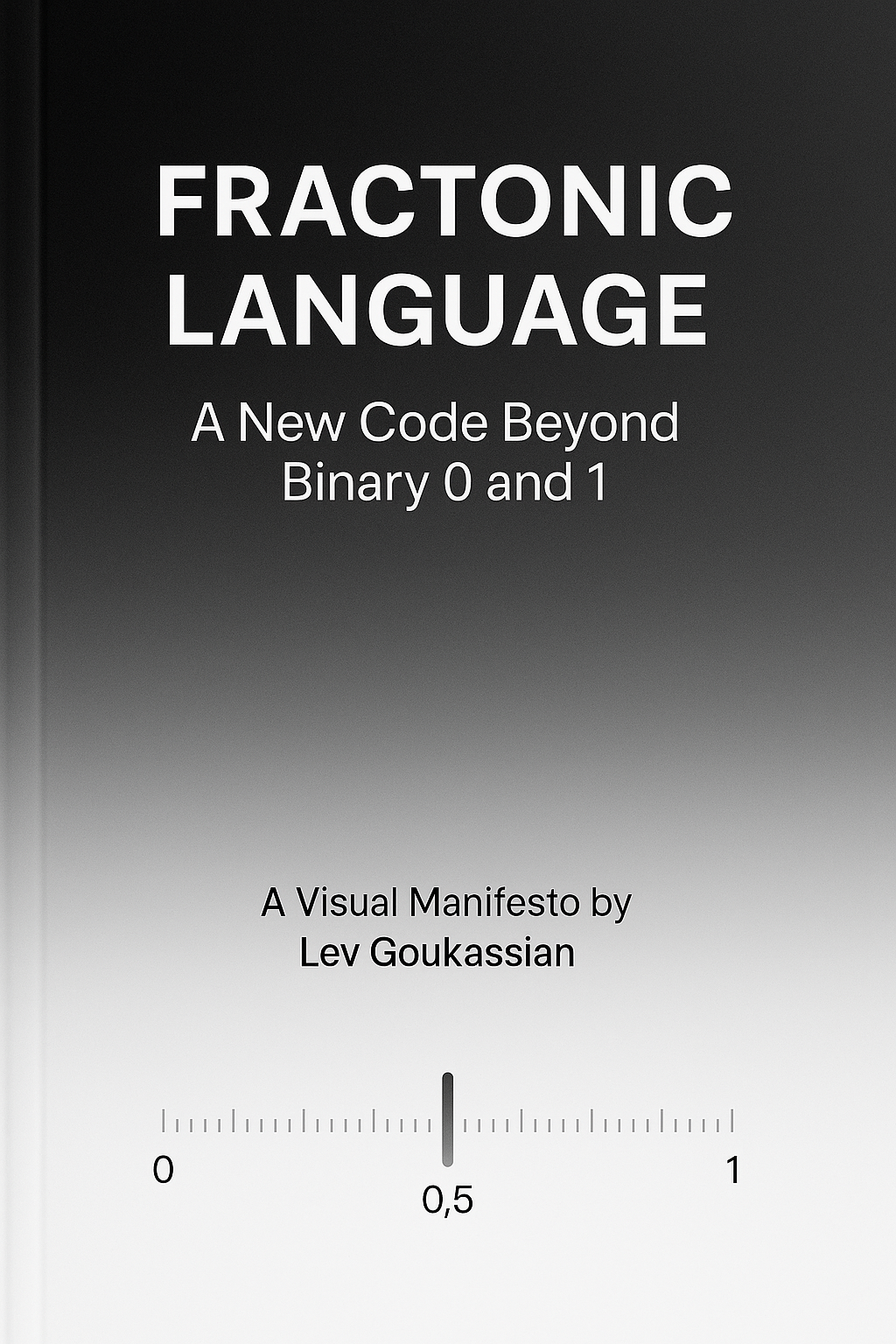Programming News
Dev
310

Image Credit: Dev
🧠 Decoding the Brain: How AI and Code Are Unlocking the Secrets of Dementia
- Coding and artificial intelligence (AI) are being utilized to unlock the secrets of dementia, a condition that continues to challenge our understanding and treatment capabilities.
- AI is helping to decipher subtle speech changes that can indicate the onset of dementia, while code is translating memory scores into real-time predictions of neural decline.
- Bioinformatics is uncovering genomic clues associated with neurodegeneration, providing valuable insights into the underlying mechanisms of dementia.
- The integration of coding, AI, and bioinformatics is empowering experts to decode the complexity of the brain, offering new possibilities for precision therapies and advancing brain science.
Read Full Article
18 Likes
Dev
108

Image Credit: Dev
How to Build a School Management System: A Complete Guide with Code Snippets
- Building a School Management System (SMS) helps educational institutions digitize their operations and interaction with school data.
- The guide covers user authentication, student and teacher management, class scheduling, attendance tracking, and a basic React-based dashboard.
- The project involves setting up the backend and frontend, implementing an authentication system, managing students and teachers, scheduling classes, and tracking attendance.
- The School Management System includes features like role-based user access, CRUD operations for students and teachers, class scheduling with relationships, attendance tracking, and a clean React frontend.
Read Full Article
6 Likes
Javacodegeeks
27

Image Credit: Javacodegeeks
Session Fixation and CSRF in Modern Java Apps: Still a Threat in 2025?
- Session Fixation and Cross-Site Request Forgery (CSRF) remain relevant threats in modern Java applications, even in 2025.
- Session fixation involves tricking a user into using a known session ID to gain unauthorized access, while CSRF exploits user sessions for malicious actions.
- Despite advancements like Spring Security's built-in protection, session fixation can still occur due to misconfigurations or overlooked settings.
- Similarly, CSRF protection is crucial, especially in apps using cookies for session management, even with state-of-the-art frameworks like Spring Boot.
- Developers need to be cautious of disabling CSRF protection, as it can leave applications vulnerable to attacks despite the move towards stateless APIs.
- Incorporating CSRF token mechanisms into SPAs and utilizing token-based authentication can enhance security measures against CSRF attacks.
- While OAuth2 and JWTs offer some level of immunity to CSRF attacks, they introduce new concerns like XSS, emphasizing the need for a balanced security approach.
- In 2025, attackers exploit hybrid flaws combining different attack vectors, highlighting the importance of understanding the entire authentication and session lifecycle.
- Overall, session fixation and CSRF threats persist in modern Java applications albeit in more subtle forms, underscoring the necessity of following security best practices and understanding the evolving threat landscape.
- To enhance security, developers should adhere to Spring Security defaults, maintain a comprehensive threat model, and approach authentication as a continuous flow rather than a one-time event.
Read Full Article
1 Like
Logrocket
279

Image Credit: Logrocket
Leader Spotlight: Meeting healthcare consumers where they are, with Aditya Raju
- Aditya Raju is a digital product leader specializing in healthcare and consumer products, driving digital transformations impacting millions of users.
- He emphasizes the importance of meeting users in the healthcare ecosystem through personalized digital experiences.
- Raju focuses on segmentation and AI to cater to diverse audience needs and enhance accessibility for users.
- In healthcare, personalization and safeguarding sensitive data are crucial aspects when delivering mass-market products.
- Language models and culturally relevant translations play a vital role in ensuring clear communication for diverse users.
- Healthcare organizations are leveraging technology and human expertise to simplify complex information for consumers.
- Continuous user testing, feedback loops, and data collection drive innovation and inform product strategy evolution.
- A/B testing is utilized to measure improvements in user experience, conversion rates, and engagement initiatives.
- The future of digital healthcare offerings includes hyper-personalization, predictive health, and proactive well-being solutions.
- Aditya Raju's insights shed light on the evolving landscape of digital health experiences for consumers.
Read Full Article
16 Likes
Discover more
- Software News
- Web Design
- Devops News
- Open Source News
- Databases
- Cloud News
- Product Management News
- Operating Systems News
- Agile Methodology News
- Computer Engineering
- Startup News
- Cryptocurrency News
- Technology News
- Blockchain News
- Data Science News
- AR News
- Apple News
- Cyber Security News
- Leadership News
- Gaming News
- Automobiles News
Dev
117

Image Credit: Dev
🔥 I Tried React 19 So You Don’t Have To — But You’ll Definitely Want To After This!
- React 19 introduces game-changing features like Actions API, useOptimistic Hook, Metadata API, and
- Actions API simplifies defining server actions and enhances code separation with built-in form support.
- useOptimistic Hook allows updating the UI pre-server response, providing real-time user experience.
- Metadata API brings native SEO support, eliminating the need for react-helmet and ensuring SEO is integrated.
Read Full Article
7 Likes
Dev
392

Image Credit: Dev
Linear Algebra for Machine Learning: A Practical Guide
- Linear algebra is crucial for machine learning, providing the mathematical framework for core ML algorithms.
- Key concepts include vector operations like addition and scalar multiplication, as well as matrix operations like multiplication.
- Eigenvalues and eigenvectors are important for dimensionality reduction techniques, and linear algebra is used in applications like image recognition, NLP, and recommendation systems.
- To start learning linear algebra for ML, Python, NumPy, and SciPy are essential tools, but challenges like computational cost and numerical stability should be considered.
Read Full Article
23 Likes
Medium
297

Image Credit: Medium
Intrinsic Value in NFTs: How Liquid NFTs Unlock Real Worth from Day One
- The NFT market has faced challenges due to lack of intrinsic value, hype, speculation, and artificial scarcity leading to zero resale value for many NFTs.
- Liquid NFT Marketplace introduces intrinsic value into NFTs by securing them with locked stablecoin liquidity from day one.
- Every NFT on Liquid is backed by real, liquid capital, ensuring value is permanent, liquidity is guaranteed, and creators profit from every transaction.
- The ecosystem on Liquid ensures continual growth and value appreciation for NFT owners through features like Alpha NFTs and a smart contract known as The Vault.
Read Full Article
17 Likes
Dev
432

Image Credit: Dev
🚀 How We Launched an MVP on Telegram in 2 Weeks and Saved Our Customer Thousands
- Oniyore, led by CTO Alexander, specializes in building cost-effective Telegram Mini Apps for testing new business ideas in just days.
- Telegram Mini Apps offer quick MVP launches within 1-2 weeks, with integrated features like UI customization, payments, and push notifications.
- A success story includes an auto-services company launching a Mini App and receiving ~40 orders within the first week, proving the concept's viability.
- Investing in Telegram Mini Apps is highlighted as a strategic opportunity due to Telegram's large user base, regional popularity, and support for rapid scalability.
Read Full Article
26 Likes
Medium
1.7k

Image Credit: Medium
Practical SLAM Implementation in C++ for Autonomous Robots
- The autonomous robotics industry is growing rapidly with applications in warehouse automation and autonomous vehicles.
- Simultaneous Localization and Mapping (SLAM) is crucial for robots to navigate unknown environments while creating maps in real-time.
- A practical guide for implementing SLAM in modern C++ is available for robotics engineers to deploy reliable localization solutions.
- SLAM solves the localization challenge in robotics by estimating the robot's trajectory and the environment's structure simultaneously based on sensor observations.
Read Full Article
26 Likes
Dev
311

Image Credit: Dev
🧒🍬 Beginner-Friendly Guide to Solving "Distribute Candies Among Children" | LeetCode 135 Explained (C++ | JavaScript | Python)
- LeetCode 135 - Candy problem involves distributing candies to children based on their ratings in a line, following certain rules.
- The problem requires each child to receive at least one candy and a child with a higher rating than adjacent child gets more.
- Two strategies discussed in the guide are a naive two-pass greedy approach and an optimized greedy algorithm.
- The optimized greedy solution reduces space complexity from O(n) to O(1) by tracking peaks, valleys, and previous candies given.
- Code implementations provided in C++, JavaScript, and Python demonstrate the optimized approach.
- Test cases cover various scenarios to validate the correctness of the implemented solutions.
- Key takeaways include understanding the intuition behind both approaches and the significance of optimizing space for large datasets.
- Overall, mastering this problem helps in grasping greedy algorithms and efficient space utilization in coding interviews and DSA practice.
Read Full Article
18 Likes
Medium
81

Image Credit: Medium
Fraction 1: A New Horizon in Computational Logic
- Fraction 1 challenges the traditional representation of fractions as a ratio of two integers by proposing a unified fraction that integrates both parts.
- Potential applications of Fraction 1 include simplifying code syntax, streamlining mathematical modeling in various fields like physics and finance, and enhancing educational tools for better understanding of fractions.
- The idea of Fraction 1 aligns with the evolving digital landscape, offering a fresh perspective on coding and logic in the era of AI and AGI.
- Join the exploration of Fraction 1 on the GitHub repository to co-create and refine this innovative concept, transforming basic mathematical ideas like fractions into dynamic entities.
Read Full Article
4 Likes
Medium
387

Image Credit: Medium
The Inclusion-Exclusion Principle
- There are 3 possible ways to give out 5 candies to 3 kids (Ana, Bob, Charlie) with each receiving 0, 1, or 2 candies.
- The Inclusion-Exclusion Principle is a technique used in combinatorics to correctly count elements, ensuring that each element in the union is counted exactly once.
- The principle involves systematically accounting for elements that are shared among different sets to compute the size of a set or the probability of complex events.
- Formulas are provided for calculating the number of elements in the union of two or three sets using the Inclusion-Exclusion Principle.
Read Full Article
23 Likes
Medium
216

Image Credit: Medium
Network Theory and Predictive Analysis: The Case of Conclave
- Using network theory and predictive analysis in the case of the conclave, researchers from Bocconi University accurately predicted the outcome of the papal conclave by examining relationships and patterns within digital ecosystems.
- Network theory allows for the visualization of relationships and emergent patterns, identifying key influencers, hidden communities, and hierarchies of influence within a system.
- Key concepts in network theory include nodes representing entities, edges representing relationships, centrality metrics like degree and betweenness, path analysis, and community detection.
- By applying social network analysis to the College of Cardinals, researchers mapped human relationships, alliances, and power dynamics to predict conclave outcomes.
- The study utilized various sources including episcopal consecration lines, informal relationships, and coalition-building metrics to understand networks of influence.
- Network analysis has applications in legislative analysis, electoral campaigns, talent management, supply chain management, activism strategy, and impact analysis across various domains.
- Challenges like privacy issues, bias concerns, and the evolving nature of networks are addressed through ethical frameworks and advanced analytical approaches.
- Technological trends like relational big data and relational artificial intelligence are shaping the future of network analysis, enabling more sophisticated insights and predictions.
- The success of predictive network analysis in the papal conclave case underscores the universal applicability and predictive power of network theory in diverse contexts.
- Network theory emphasizes the relational nature of social reality, showcasing how human decisions and outcomes are influenced by interconnected relationships.
- Understanding and navigating relational networks will be crucial in the connected future, offering advantages in comprehending and influencing complex systems.
Read Full Article
13 Likes
Dev
338

Image Credit: Dev
Why Developers and Operations People Fight (And How to Stop Being Caught in the Middle)
- DevOps is a collaboration between developers and operations to ensure successful outcomes in tech projects.
- Developers focus on building features like login buttons, algorithms, and chat features, while operations ensure functionality and reliability.
- Tension arises due to differing priorities: developers aim for speed and innovation, while operations prioritize stability and security.
- High dev-ops collaboration leads to faster deployments, quicker incident recovery, and lower change failure rates.
- Effective solutions involve promoting communication, setting shared goals, building common understandings, and learning both development and operations.
- Tools like Docker, CI/CD, and monitoring tools help bridge the gap between developers and operations.
- Successful engineers understand both development and operations, stay curious, and ask critical questions about system impacts.
- Companies thrive when all team members work together towards common goals and understanding.
- Beginners are advised to learn Docker basics, understand monitoring, practice deployments, and grasp incident response.
- Continuous growth and progress are vital in tech, showcasing improvement through actions rather than just announcements.
- Aiming for consistency and teamwork, understanding different perspectives, and aiming towards growth are essential in navigating dev-ops dynamics.
Read Full Article
20 Likes
Dev
157

Image Credit: Dev
🚀 React 19: A Cleaner, Smarter Developer Experience — Here’s What I Found
- React 19 is geared towards enhancing the developer experience by simplifying frontend development tasks.
- Key improvements include stable Server Components for server-side logic, a new use() hook for asynchronous operations, and Server Actions for simplifying form handling.
- The React Compiler in version 19 automates optimization tasks, resulting in cleaner code and reduced manual optimizations.
- The update also focuses on enhancing UI experiences with smoother transitions and better Suspense functionality, ultimately streamlining the development process.
Read Full Article
9 Likes
For uninterrupted reading, download the app